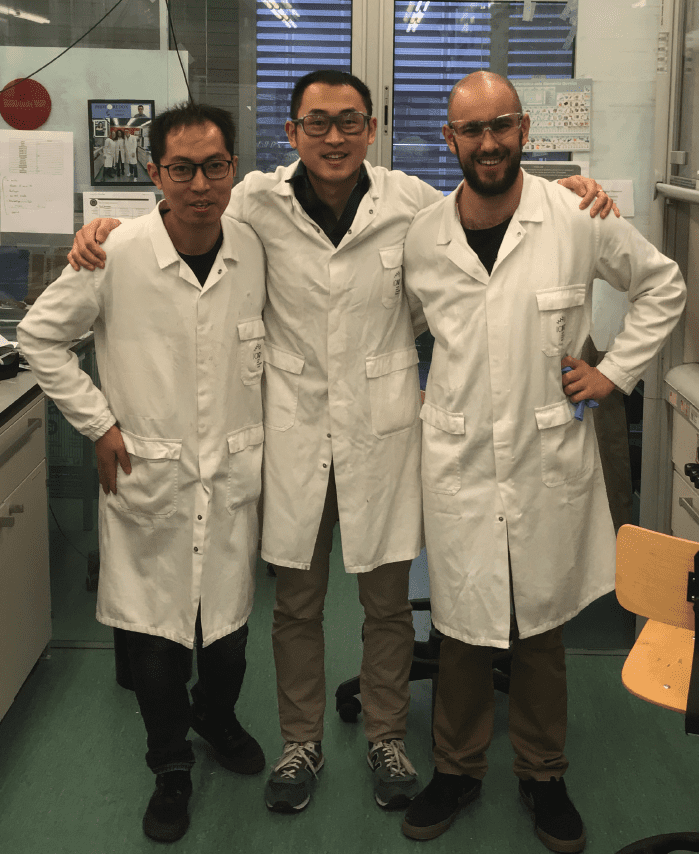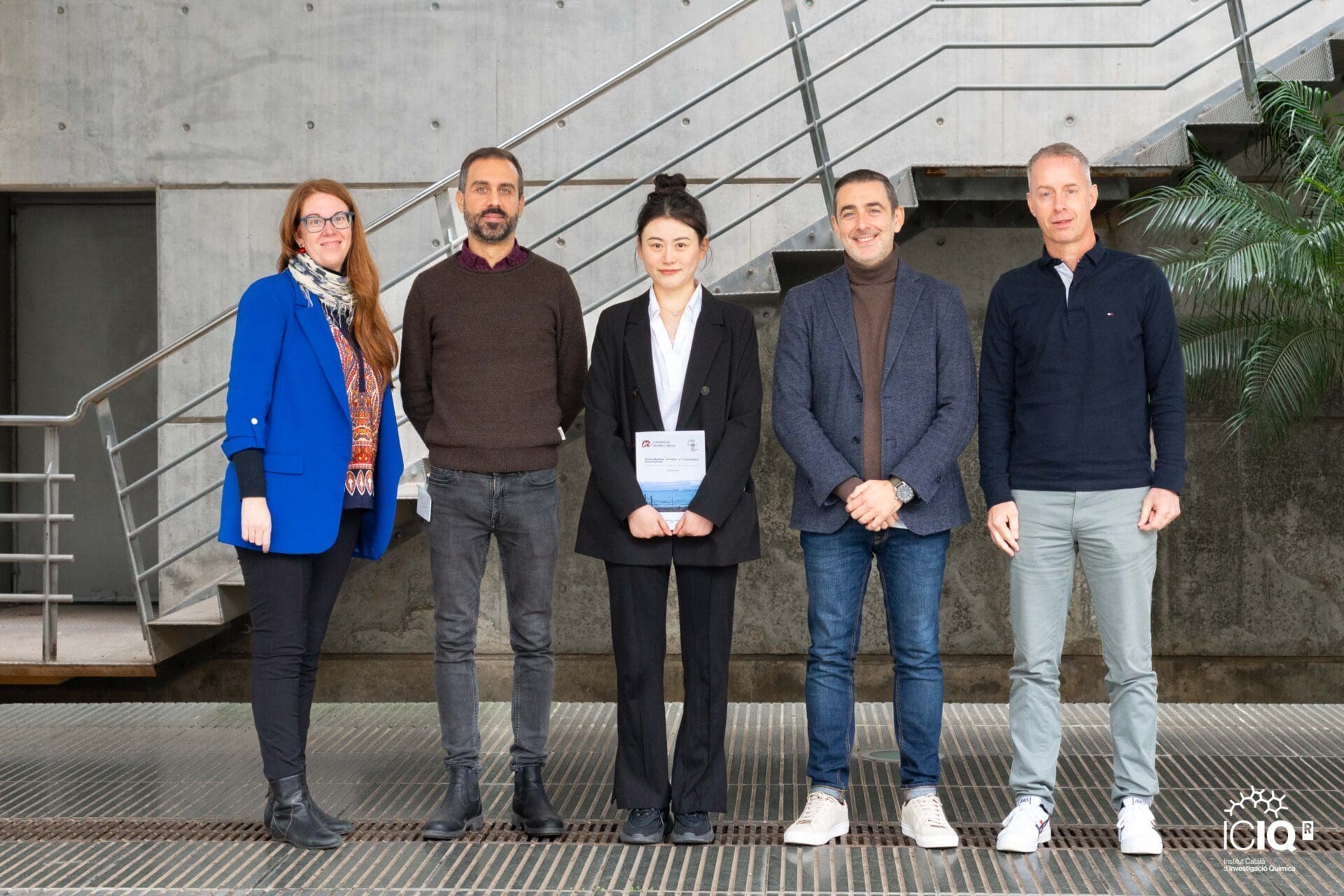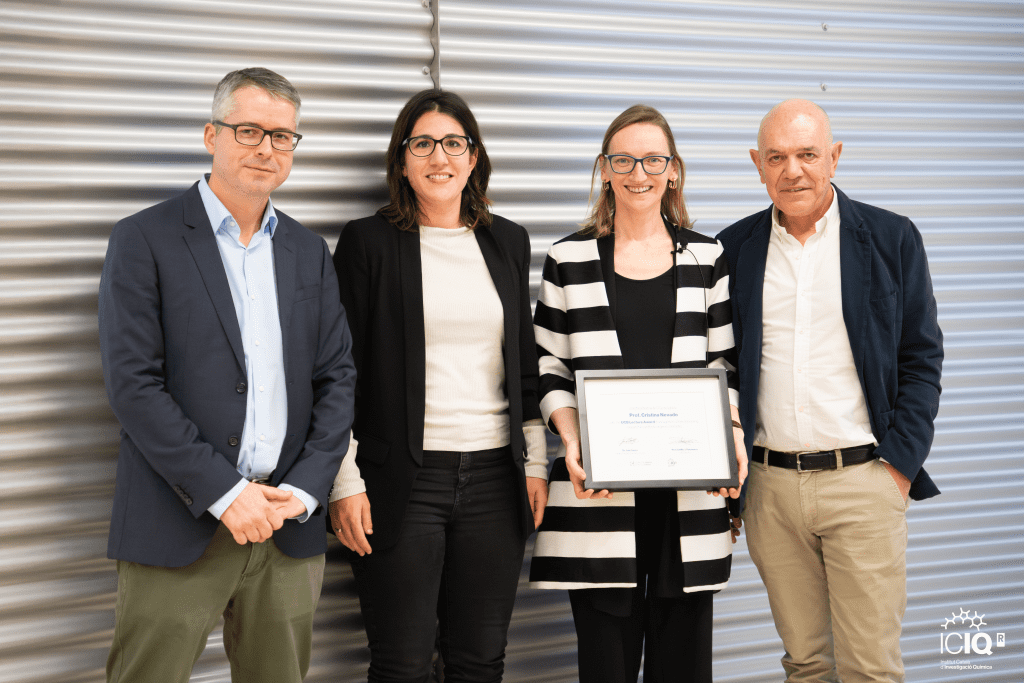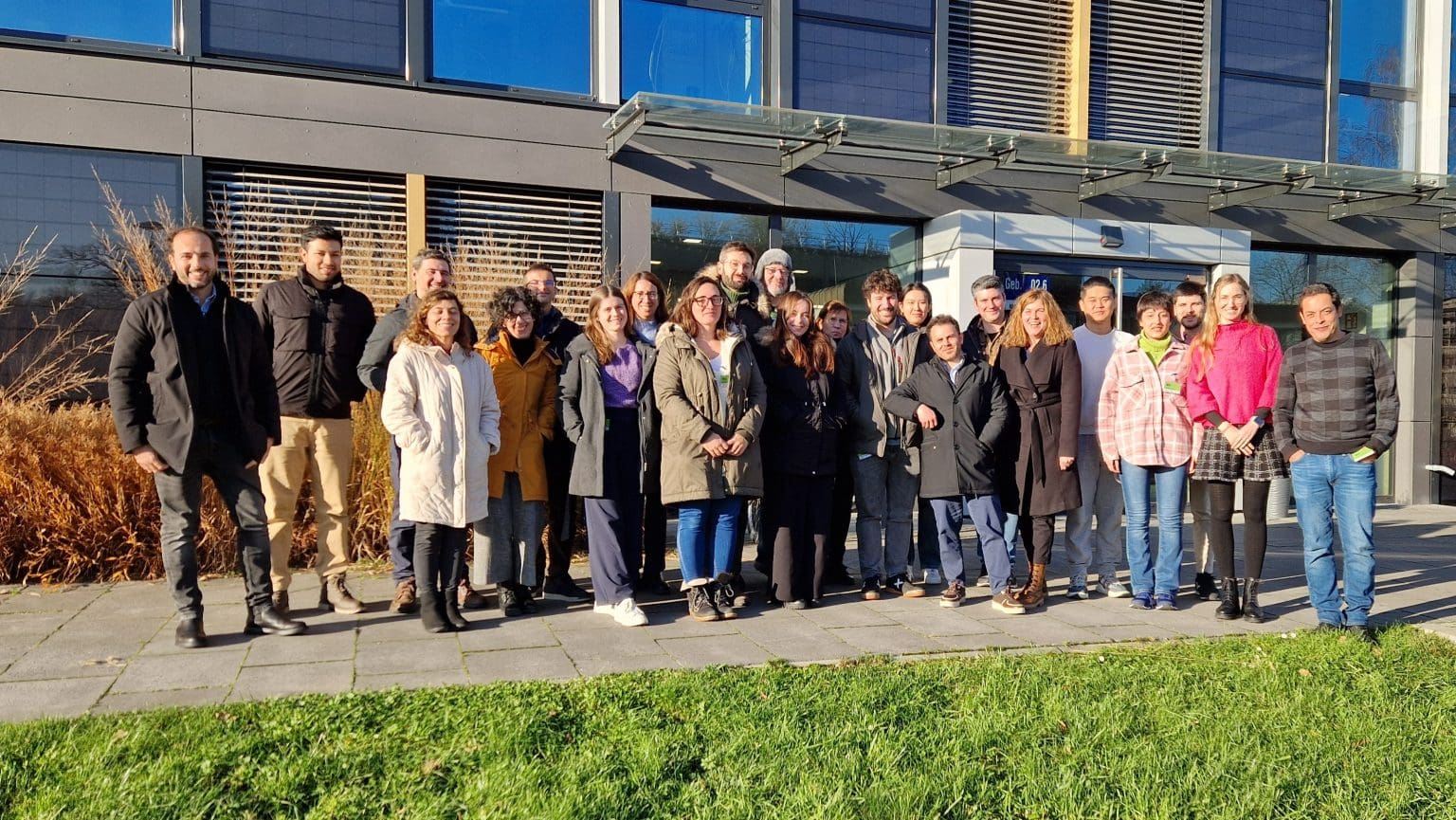Sticks and stones may break your bones, but this reaction edits skeletons
Since Friedrich Wohler synthesized urea (by accident) back in 1828, chemical synthesis – and organic synthesis for that – has been a driving force in pharmaceutical innovation. Improving the lives of people worldwide, the medicines available nowadays are only possible thanks to the continuous advancement of synthetic chemistry, allowing scientists to design and build new molecules. Now, Marcos G. Suero and his research group at the Institute of Chemical Research of Catalonia (ICIQ) present a new reaction that allows for the edition of organic molecule’s skeletons, opening up new avenues of research.
Editing skeletons
In a paper published in the Journal of the American Chemical Society, the Suero research team presents a new reaction able to edit the skeletons of organic molecules by breaking strong C-C double bonds and inserting a carbon atom through a catalytic process. The ICIQ researchers present the first catalytic generation of Rh-carbynoids, which emulate the carbene/carbocation behavior of a monovalent cationic carbyne. The catalytic generation of Rh-carbynoids represents a new platform for carbyne transfer that enables skeletal remodelling, and circumvents a long-standing challenge in the catalytic generation of metal-carbynes.
Aside from inserting a new monovalent carbon atom, the reaction also introduces extra complexity in the molecule: a single C-C bond and a double C-C bond are created together with a chiral center at one of the C atoms with the cleaved double bond. The skeletal editing will allow building complex architectures, thus expanding the synthetic possibilities of creating new materials or medicines.
Related news

Let's create a brighter future
Join our team to work with renowned researchers, tackle groundbreaking
projects and contribute to meaningful scientific advancements







 11-12-2024
11-12-2024 


















